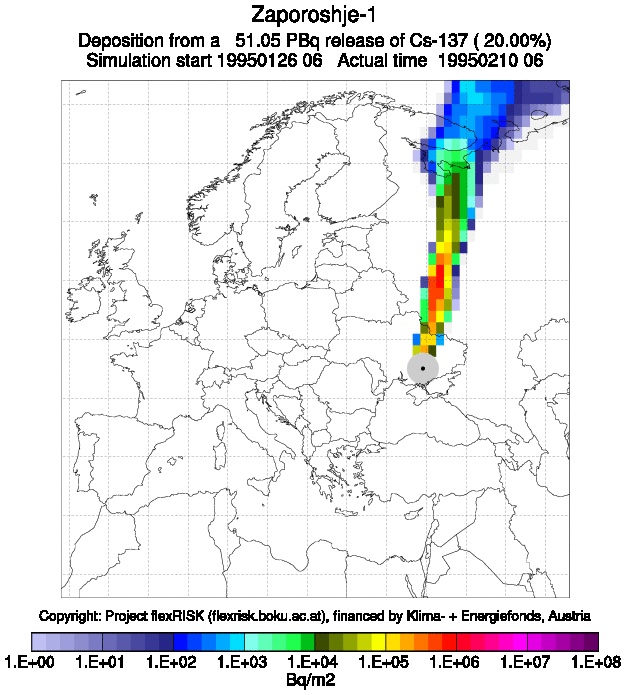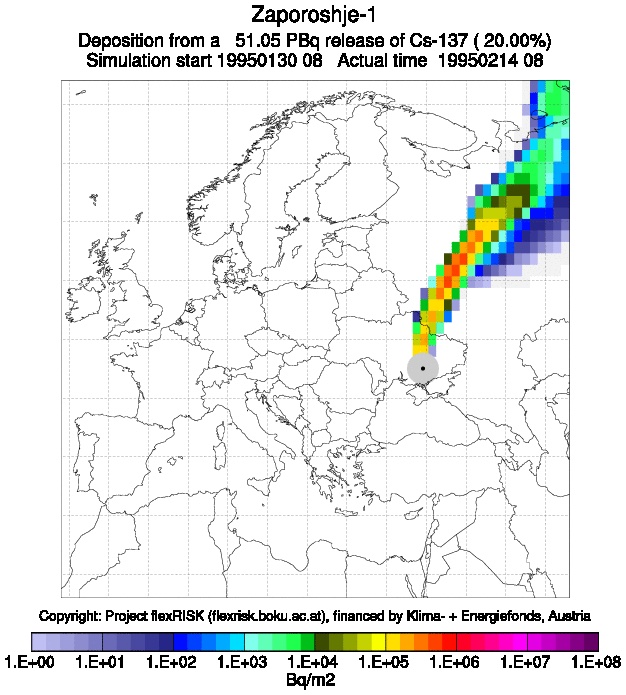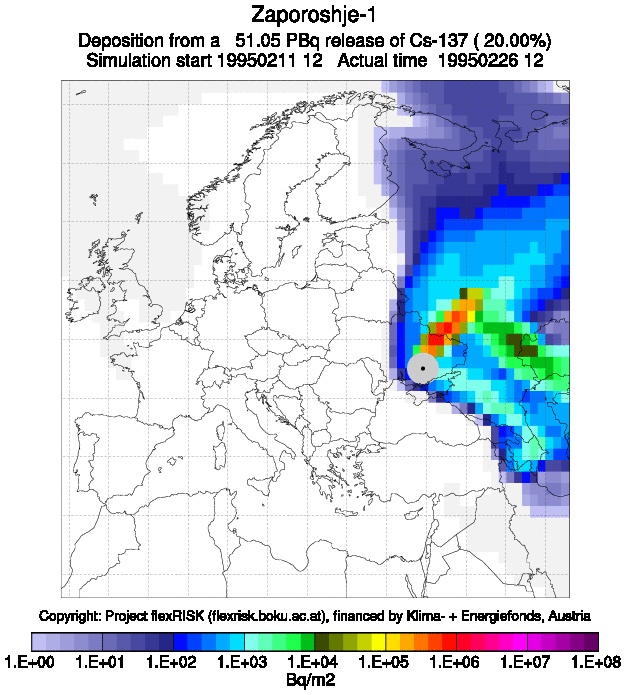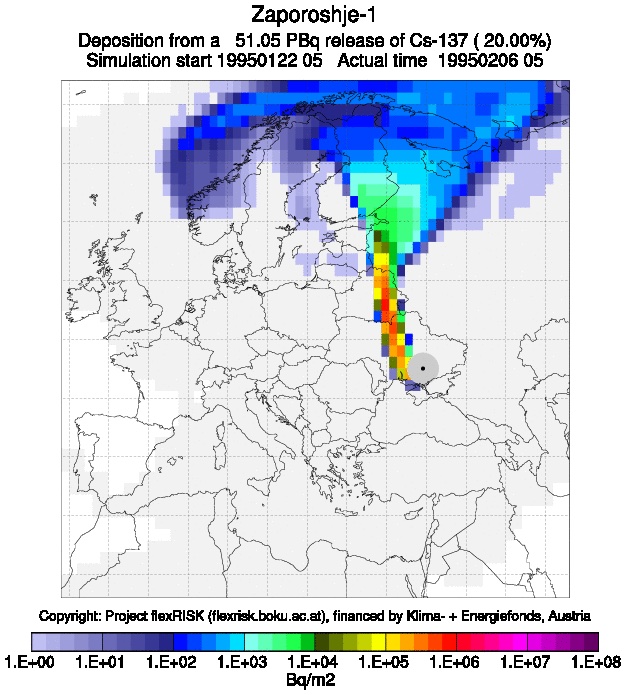The fact that Russia could carry out a terrorist attack at the Zaporizhzhya nuclear power plant was first made by the President of Ukraine Volodymyr Zelensky , and then, in an interview with the British edition of The New Statement, by the head of Ukrainian military intelligence Kirill Budanov .
According to Budanov, the Russians have placed explosives at the Zaporizhzhya NPP and can use the threat of undermining the station if the Armed Forces of Ukraine successfully advance on the battlefield.
On June 26, Russian Foreign Minister Sergei Lavrov denied the existence of a plan to blow up a nuclear power plant, traditionally mentioning the "Anglo-Saxons" and writing everything off as an "information war."
Ukrainian nuclear security expert Olga Kosharnaya said in an interview with DW that the Russians could blow up the shandora, a damper that drains or releases water in the Zaporizhzhya NPP cooling pond, as they retreat. Then the cooling system of the power units will stop working, as a result of which the reactors may explode after a while:
That week, when the Kakhovskaya hydroelectric power station was blown up, Sergei Kiriyenko was there personally, inspecting this cooling pond. Now, despite the assurances of the Russian invaders that the water level in the pond will not change, in fact, 2.5 million cubic meters of water have been lost in 10 days. That is, the level decreased from 16.67. The pipelines are mined, [the space] around the sprinkler pools, mines inside the station. It is not necessary to plant explosives under the reactor, it is enough to drain all the water from the pond, blowing up the sandora, or blow up the pipelines that lead [water] to cool the reactor. I think that all this is being done – both blackmail and threats – solely in order to stop the counteroffensive of the Armed Forces of Ukraine in this region.
Nuclear physicist Andrei Ozharovsky told The Insider about what a Russian terrorist attack at the Zaporizhzhya nuclear power plant could be like and what it would lead to:
What can Russia do at ZNPP
Since I can't even guess what Russia is doing there, I will tell you what abstract terrorists can do with a particular nuclear plant. Even a stopped nuclear power plant is a nuclear and radiation hazardous facility. Radiation dangerous because a huge amount of dangerous radioactive substances has been accumulated there. They are located partly in the reactor and partly in the spent fuel pools that are located next to each reactor (these are the so-called wet pools).
Specifically, at the Zaporozhye station there is a site where there are iron metal-concrete containers for dry storage of spent nuclear fuel. Let me remind you that it was not removed from the ZNPP territory, the waste from the nuclear plant is stored next to it. Plus, there are storage facilities for other nuclear waste, all of which can be used to harm the environment and human health by dispersing radioactive materials.
If the reactors are in a cold shutdown, then this is too complex an object to release the reaction. There is the first circuit, there is the reactor vessel, and these are thick-walled metal structures that are required to contain the reaction inside.
How an attempt to increase the power of a reactor in a hot shutdown can end
In a hot shutdown state, the reactor is much more dangerous. Now there are disputes about whether the fifth unit was transferred to a cold shutdown, or is just going to. It has been in a hot shutdown lately, meaning no power was being generated, but activity was occurring at a minimum controllable power level.
The most unpleasant scenario is an attempt to increase the power of the reactor when the temperature and pressure increase in it. In this state, in case of damage to the primary containment circuit, conditions are created for the accumulated radioactivity to "spit out" into the environment at a pressure in the primary circuit of about 16 megapascals and a temperature of about 300 degrees Celsius. During depressurization, water boils at atmospheric pressure, and this boiling radioactive mixture breaks out into the environment.





Possible scenarios for the spread of radioactive substances under different weather conditions
The reactor power is increased by influencing the regulatory bodies on the block control panel. It takes tens of minutes or hours. Then the reactor goes into a hot state and problems with overheating begin.
There are illustrations of accidents at a working nuclear power plant, which were made by the Austrians. They, in particular, made pollution maps. It is worth noting that they did not simulate the consequences of a terrorist attack, but a reactor explosion due to internal problems, as at the Chernobyl nuclear power plant. But in general, these maps can be used to understand the consequences.
They took a hypothetical scenario with old Soviet WWR-1000 reactors from the 1960s, and then studied how radioactive substances could fall on the soil, taking into account different weather conditions.
Maps are tied to cesium because cesium-1 is one of the most significant radionuclides. After Chernobyl, dosimetrists walked around the territory and recorded pollution, Austrian scientists tried to “reproduce” the consequences of the Chernobyl accident using these data.
What is the scale of the possible tragedy?
Hard to tell. We do not know the type and scenario of the terrorist attack, but if it is carried out on cold reactors, then the spread will be small and will be a maximum of a couple of kilometers. Because if someone brings KAMAZ explosives there and blows up a reactor that is not under pressure, the temperature in which is not elevated, then solids will simply fly apart. With an explosion, everything will be scattered at certain distances, and then it will be carried by wind and water and washed away for hundreds of meters (even most likely less than a kilometer).
Approximately the same applies to the repository of radioactive waste. Let's imagine that shells hit a heap, for example, ash – how far will it spread? Just tens or hundreds of meters. The danger will be the presence of radioactive substances in the environment, which will be eroded further. But this is not the scenario that the Austrian experts calculated when simulating the consequences of accidents at pressurized reactors.
If we talk about a hot reactor, then the substances, according to the Austrian maps, will scatter hundreds of kilometers. This will be such a strong pollution that the current legislation may require the resettlement of settlements. It's like Chernobyl, which flew to the Bryansk region in Russia and to the Mogilev region in Belarus. Here is about the same type of reactor. The impact on agriculture will be felt at a distance of 500 kilometers or more.
An accident occurring at a working reactor can develop according to two scenarios. If weather conditions do not smear radioactivity, then everything falls close to the reactor, within a radius of hundreds of kilometers. If smeared, then this is a lower concentration over a larger area.
So in the first case, we are talking about more pollution closer to the reactor, and in the second, even evacuation may not be needed. However, if the situation develops according to the second option, agriculture can be killed both in the south of Ukraine and in the Kursk and Rostov regions of Russia. The Kursk region does not border on the Zaporozhye region, but the story of Chernobyl and Mogilev may repeat itself, which also do not adjoin each other, but because of the rains in the Mogilev region there were heavy attacks. In an unobvious scenario, when the wind blows towards Moscow, the substances can reach the Kaluga region.


